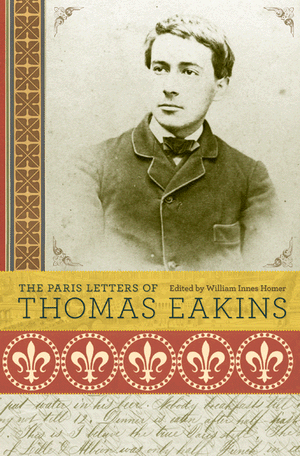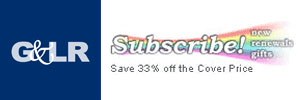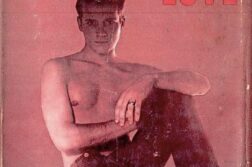 The Paris Letters of Thomas Eakins
The Paris Letters of Thomas Eakins
Edited by William Innes Homer
Princeton University Press. 342 pages, $35.
Thomas Eakins (1844–1916) is today considered one of the important American painters of the late 19th century. Because of his fondness for painting the male physique, often engaged in athletics, and because he showed no respect for the Main Line Philadelphia morality of his era, which led to his being dismissed in 1886 from his teaching post at the Pennsylvania Academy of the Fine Arts, there has been much speculation about his sexuality. This volume won’t resolve it. It brings together letters Eakins wrote to family and friends from 1866 to 1870 while studying art in Paris. Whether he took advantage of being far from home and living in sexually more liberated Paris to experiment, they do not reveal. But then, given his audience, it’s doubtful he would have mentioned such adventures even had he indulged in them. He does at one point remark to his father that a woman “is the most beautiful thing there is in the world except a naked man.” As has been repeatedly remarked, however, most recently by Axel Nissen in Manly Love: Romantic Friendship in American Fiction (reviewed in these pages, March-April 2010), “one of the losses of our current outlook is the ability to separate æsthetic appreciation of beauty—be it male or female—from sexual attraction.” The fact that Eakins considered male bodies more beautiful than female doesn’t prove that he was sexually attracted to them. The fact that he could write this to his father back in Philadelphia suggests that he didn’t think his family would deduce that either. One might expect that a young painter living in Paris at this time would have taken some interest in the revolutionary painters who were starting to make an impression, as it were, such as Monet. But Eakins studied with and idolized the Academic painter Jean-Léon Gérôme, who hated Monet and did what he could to obstruct his career, and he never mentions the Impressionists. Remarks the book’s editor: “Eakins himself must be seen as compulsively rational.” This book will be of interest to Eakins devotees but may have less appeal for the general reader.
Richard M. Berrong







